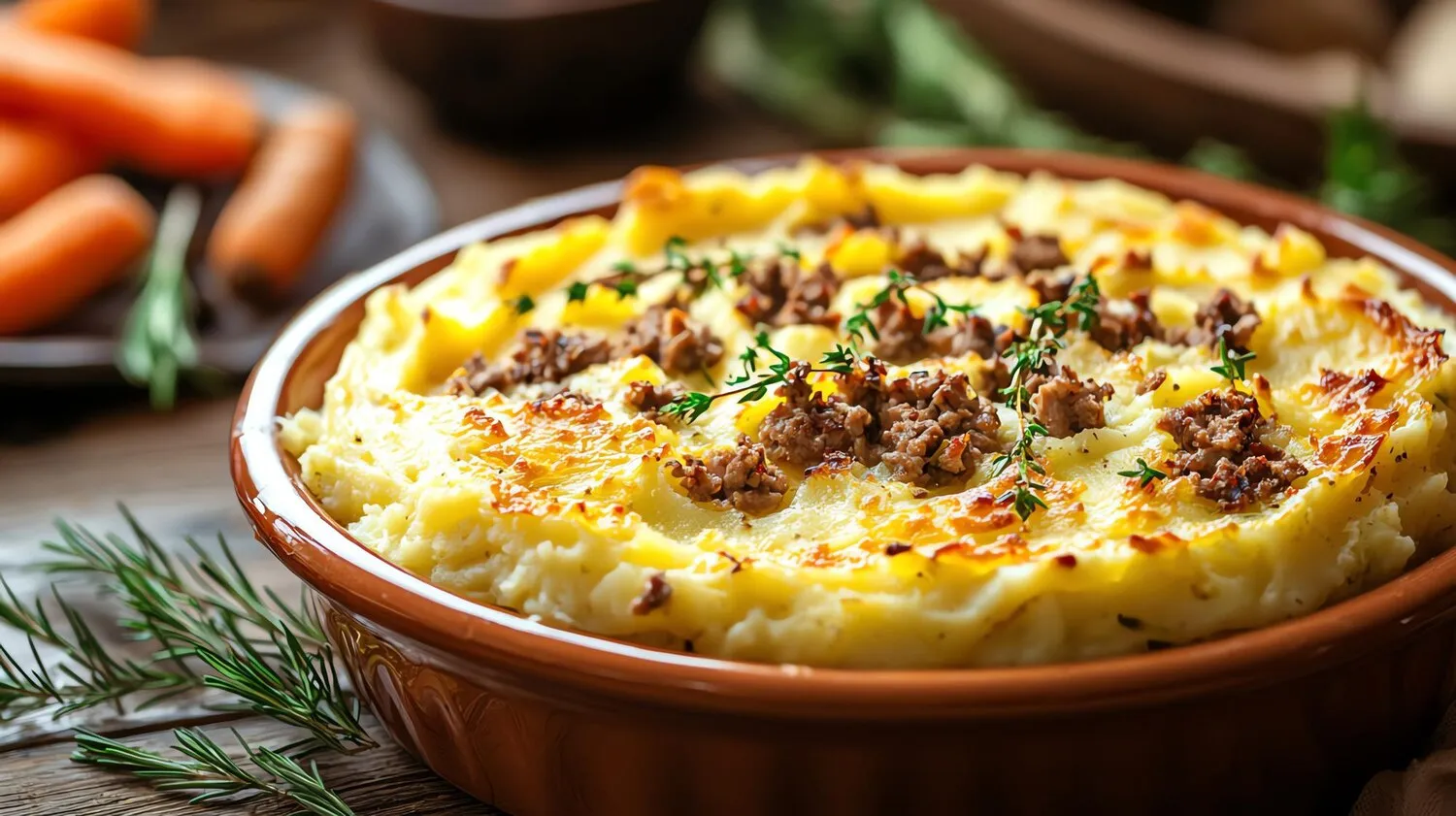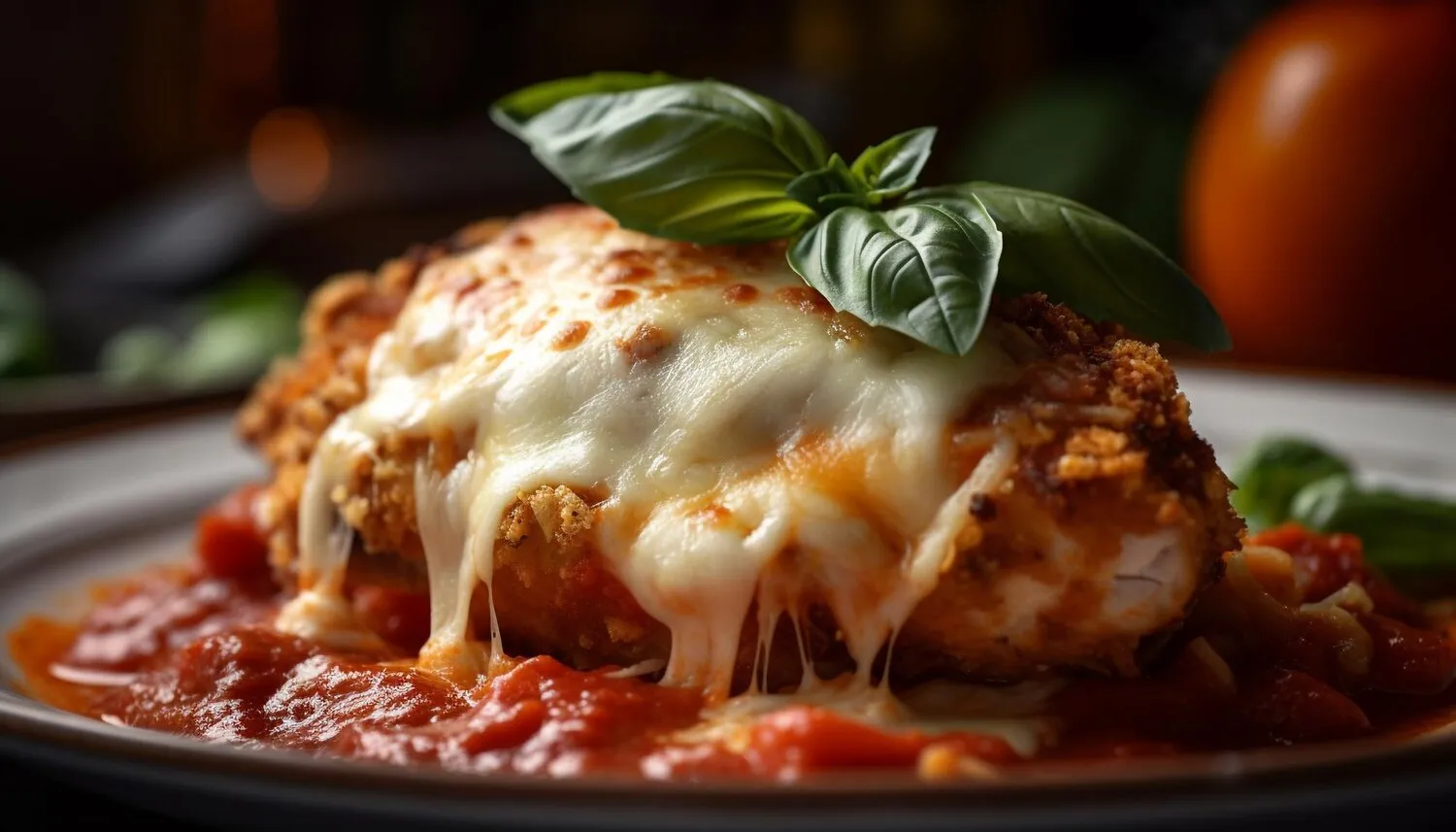
Baião de Dois
A classic Brazilian dish made with rice, beans, cheese, and sometimes meat.
Nutrition Facts
* The % Daily Value (DV) tells you how much a nutrient in a serving of food contributes to a daily diet. 2,000 calories a day is used for general nutrition advice.
Aqui & Acolá
Baião de Dois emerged in the arid Northeast of Brazil, particularly in Ceará. It reflects the resourcefulness of the region's inhabitants, who combined readily available ingredients like rice, beans, and sometimes dried meat to create a hearty and nutritious meal. The dish's origins are closely tied to the region's history of drought and scarcity, forcing the population to make the most of limited resources. Indigenous ingredients and techniques also played a role, contributing to the dish's unique character.
Baião de Dois is more than just a meal; it's a symbol of resilience and resourcefulness in the Northeast of Brazil. It represents the region's cultural identity and is often associated with family gatherings, celebrations, and the sharing of stories.
Regional Identity
Baião de Dois is deeply ingrained in the cultural fabric of Northeastern Brazil, particularly Ceará. It represents the region's culinary heritage and is a source of pride for its inhabitants.
Family and Community
The dish is often prepared and shared during family gatherings and community events, fostering a sense of togetherness and belonging. It's a reminder of the importance of sharing and making the most of what you have.
Adaptability
Baião de Dois is a versatile dish that can be adapted to suit different tastes and available ingredients. This adaptability reflects the resourcefulness and creativity of the people of the Northeast.
Baião de Dois is a savory and comforting dish with earthy, smoky, and cheesy notes. It's a blend of simple ingredients that come together to create a complex and satisfying flavor profile.
The flavor foundation comes from the combination of rice and beans, typically 'feijão de corda' (cowpeas). Queijo coalho, a firm, slightly salty cheese, provides a delightful textural contrast and a creamy, cheesy element. Dried meat (carne de sol or carne seca), if used, adds a smoky and salty depth. Onions, garlic, and peppers contribute aromatic and spicy undertones. The dish is usually seasoned with cilantro and scallions for freshness.
Use the Right Beans
Feijão de corda (cowpeas) are traditionally used, but other types of beans can be substituted. Ensure the beans are properly cooked and tender before adding them to the rice.
Don't Overcook the Rice
The rice should be cooked but not mushy. Aim for a slightly al dente texture to prevent the dish from becoming too sticky.
Sear the Meat Properly
If using dried meat, ensure it's properly desalinated and seared before adding it to the dish. This will enhance its flavor and texture.
Add Cheese at the End
Stir in the Queijo Coalho at the very end of cooking. It should melt slightly but still retain its shape and texture. This will keep it creamy and not overly melted
Explore additional Brazilian comfort food dishes and restaurants
Explore Brazilian comfort foodDiscover top dining spots and culinary experiences in Feira de Santana.
Explore Feira de SantanaLearn more about the food culture, restaurant scene, and culinary heritage of Brazil.
Explore Brazil
